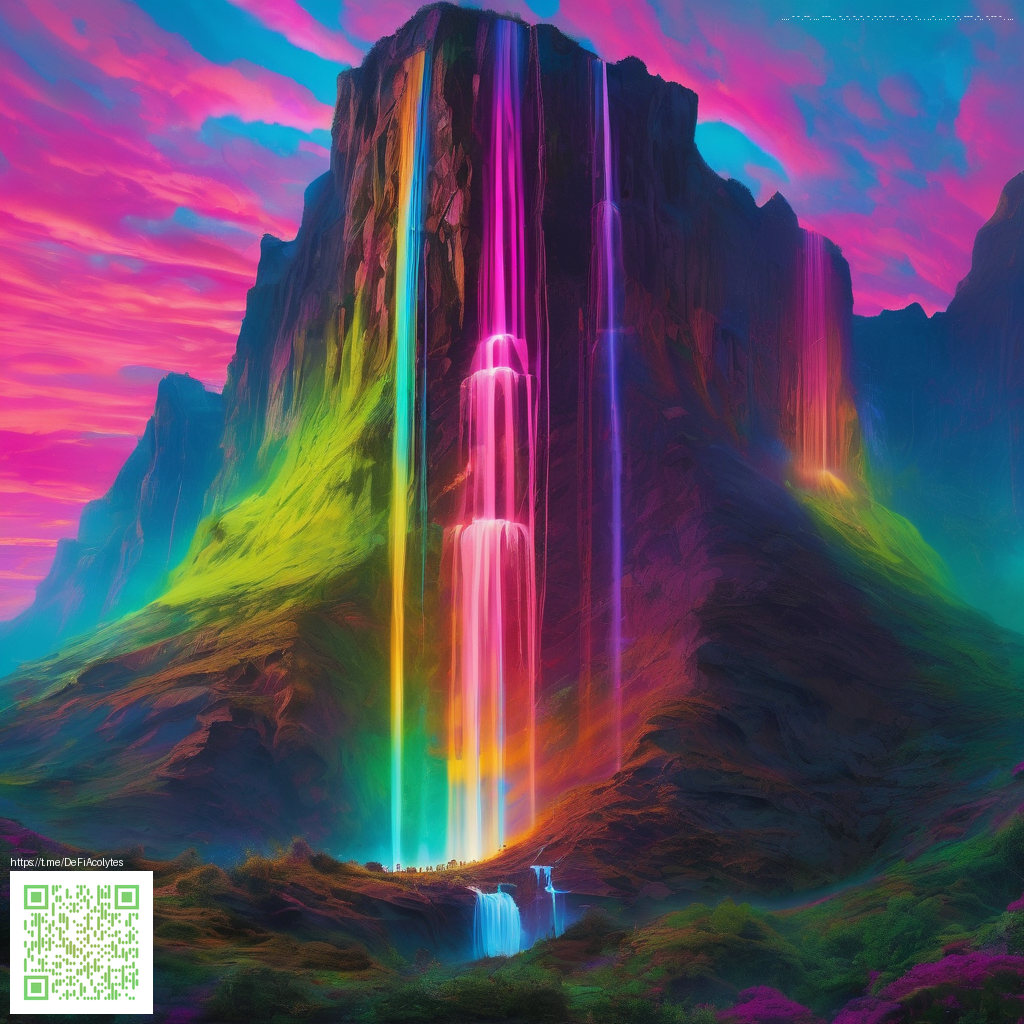
Crafting Immersive Minecraft Roleplay Maps
Minecraft roleplay maps are more than just a collection of buildings and paths. They’re living, breathing stages where players can step into a story, make meaningful choices, and see how those decisions ripple through a world. The art of creating immersive RP maps blends world-building, game design, and storytelling into a cohesive experience that feels both familiar and new. If you’re aiming to captivate players from the first spawn point, start with a strong concept, then layer in environment, systems, and character ideas that invite interaction at every turn.
Foundations of immersion
At the heart of every memorable RP map is a believable premise. This doesn't mean a blockbuster plot, but rather a clear sense of stakes, factions, and roles for players to explore. Build around a core question—what would happen if the realm faced a sudden shortage of a vital resource? who governs the districts, and why do players need to cooperate or compete? As you sketch, think in terms of lore fragments you can scatter throughout the world: placards, whispered rumors, and environmental cues that spark curiosity without overtly handing everything to the player.
“A map that invites exploration is a map that invites stories.”
Atmosphere matters just as much as mechanics. Thoughtful lighting, evocative biomes, and sound cues can transform a simple village into a detective-hub or a covert-outpost. Small, tactile details—like a weathered banner fluttering in the wind, or a vending stall that changes with the time of day—make the world feel lived-in and reactive to player presence.
From concept to terrain: the design workflow
A practical workflow keeps your ideas coherent as the map grows. Start with a few anchor zones—perhaps a bustling market district, a mysterious forest ruin, and a central guild hall. Then map out how players travel between them: hub nodes, teleportation plates, or long, winding routes that encourage side quests. Modular design helps you reuse assets across zones, so you can iterate quickly without losing narrative thread.
- Define the central questline and optional side quests that support it
- Design each zone with a distinct tone, color palette, and set of NPCs
- Incorporate signposts and dialogue triggers that reveal lore without long walls of text
- Layer puzzles and challenges that scale with player progression
- Test with a small group to identify pain points and pacing issues
Systems that empower player agency
Immersion thrives when players feel choices matter. Build quest chains that branch, with consequences that ripple across zones. For example, securing an alliance with a merchant guild might unlock unique trade routes, while failing to do so could open a haggard path through a rogue faction. Keep your systems approachable: clear goals, intuitive interfaces (maps, quest journals, and signage), and a gentle ramp of difficulty so players never feel overwhelmed by complexity.
“The best RP maps let players write their own chapters, not just read a script.”
Use practical tools to keep the world responsive: redstone-based gates that unlock after a dialogue, command blocks that trigger ambient events, and ambient NPCs with cycling schedules. A well-timed event—like a festival, weather change, or retreat of a faction—can reignite exploration even for seasoned players who know the map inside out.
Visual polish and accessibility
Texture packs, lighting setups, and thoughtful signage all contribute to a polished feel. Avoid visual clutter that distracts from exploration; instead, guide players with contrasting paths, readable signage, and landmarks that act as waypoints. Accessibility is also key: color-blind friendly palettes, scalable text hints, and optional minimap toggles help players of varying needs enjoy the experience without friction.
For creators who travel to conventions or stream from a cafe, gear protection matters as you demo your worlds. The Neon Tough Phone Case with its impact-resistant, glossy finish can keep your device safe during long demo sessions or on-the-go filming.
Finally, document your map’s design decisions. A concise lore bible and a quick map key help you stay consistent as you expand the world or bring in collaborators. A well-maintained design log pays off later when you add new districts, seasonal events, or community-driven quests that keep players coming back for more adventures.
Collaborative workflows and testing
Roleplay maps often benefit from a team approach. Clear ownership of zones, quest lines, and asset packs helps avoid creative clashes. Schedule regular playtests with a diverse group of players to catch pacing issues, confusing puzzle cues, or balance problems in combat or resource systems. Capture feedback in a shared document, then commit to small, measurable iterations to keep development moving forward without losing momentum.